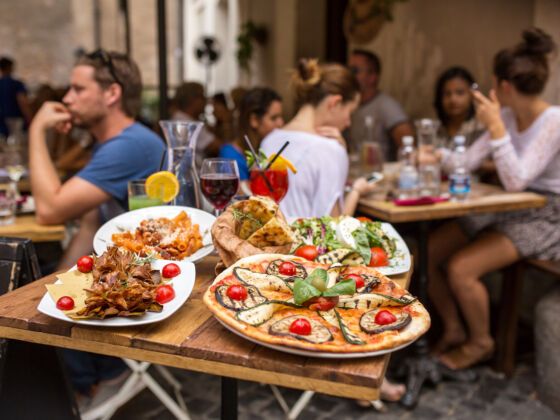1. Caffe’ Sant’Eustacchio serves the best coffee in town.
This could not be further from the truth. The coffee is sometimes good, occasionally great, but mostly just passable. Also its surfaces are perpetually sticky. Ditto for Tazza d’Oro. Check out Sciascia in Prati for the real deal.
2. You can’t find a bad meal in Rome.
It’s true that everything tastes better on vacation. But if you compare the ingredients and dishes found on Roman restaurant tables today to what typified the city two decades ago, you’ll be surprised by the tangible decline. The center of Rome is particularly plagued by very mediocre restaurants.
Luckily, there are still a handful that keep it real, though bear in mind that even the great places excel at some dishes and not at all of them. For a round-up of where to eat well in Rome, check out my app. And for more on how to order the “right thing” in Roman restaurants, visit this post.
